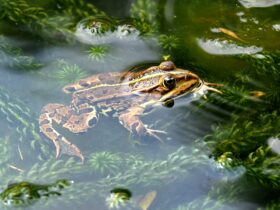Scientists have found a new species of ancient beetle. They believe the insect was ingested about 230 million years ago by Silesaurus opolensis. This is the first time researchers have 3D-reconstructed an insect from fossil faces. The ancient dinosaur must have eaten tons of Triamyxa coprolithica beetles.
The reconstruction was a success thanks to vertebrate palaeontologists from Uppsala University and entomologists from National Sun Yat-sen University (Taiwan), Friedrich-Schiller-Universität Jena (Germany), and Universidad de Guadalajara (Mexico). The team used a synchrotron microtomography to describe the looks of the ancient beetle at the European Synchrotron Radiation Facility (ESRF) in Grenoble. Although the Triamyxa coprolithica no longer exist in the same form, their precedents are tiny and live on algae in wet climates.
“We were absolutely amazed by the abundance and fantastic preservation of the beetles in the coprolite fragment. In a way, we must really thank Silesaurus, which likely was the animal that helped us accumulating them,” states Martin Qvarnström, researcher at Uppsala University and one of the co-authors of the paper.

Silesaurus opolensis
Experts are not entirely sure whether the Silesaurus opolensis produced the coprolite, but the probability is very high. The small dinosaur walked on Earth 230 million years ago in Poland, weighing only 15kg.
“I never thought that we would be able to find out what the Triassic precursor of the dinosaurs ate for dinner,” says Grzegorz Niedzwiedzki, paleontologist at Uppsala University and one of the co-authors of the paper.
Triamyxa coprolithica habitat
Other studies show that Silesaurus was another ancient creature that enjoyed eating Triamyxa coprolithica. However, the newly discovered beetle was more than likely not the only prey. Therefore scientists believe the ancient beetle lived around other larger insects. Studies of coprolites show many unrecognizable shapes which could belong to more giant beetles. Triamyxa is also a suborder of the Myxophaga insect.























Leave a Reply